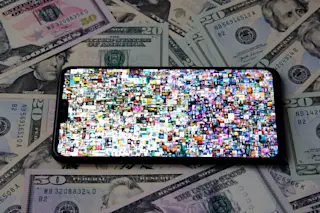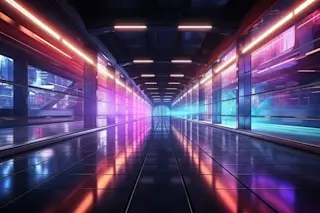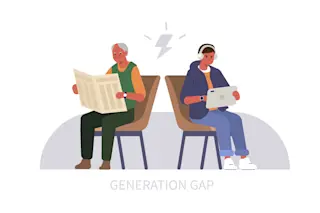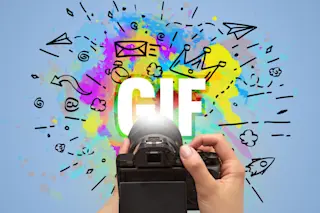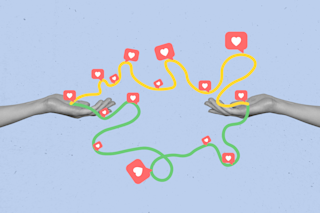This past March, a psychedelic collage of 5,000 images created by digital artist Mike Winkelmann — more commonly known as Beeple — sold for more than $69 million. Or, to be more precise, a digital certificate of ownership, embedded with the artist's signature, sold for more than $69 million. This certificate, also known as a non-fungible token or NFT, does not contain an actual copy of the artwork in question (although the owner did receive a copy from Beeple himself). But, unlike a digital image, which can be copied and transferred from device to device innumerable times, an NFT is unique and inimitable.
Simply put, these tokens are the digital equivalent of engraving the information from a sales receipt onto a slab of granite and then posting the slab of granite on a busy city street so that anyone walking by can verify your ownership. NFTs live on a “blockchain,” ...



